Low Histamine Alcohol 101: Amazing Facts + Drink Options
Primal Edge Health participates in the Amazon Services LLC Associates Program and other affiliate programs and therefore, may collect a share of sales or other compensation from the links on this page. This comes at no additional cost to you, and all the prices and availability are accurate at the time of publishing.
The truth is that low-histamine alcohol could be your missing ticket to health. High-histamine food and beverages like alcohol could trigger troubling symptoms like headaches, sneezing, and hives. If you’re like me, who grapples with food allergies and sensitivities, you might be considering dietary changes to avoid the discomfort. Quitting alcohol is a big one, but is it necessary?

Drinking alcohol is a huge part of many social activities! Even I enjoy a fun cocktail to sip and unwind with at the end of a long day. All the more so at weddings and holiday get-togethers.
Unfortunately for some folks, alcohol can prove to be troublesome, even when consumed in moderation. But once you learn more about low-histamine alcohol consumption, you can be more informed about your choices and maybe, even enjoy a celebratory drink every now and then.
Table of Contents (click to view)
What is Histamine?
Histamine, also known as biogenic amine, is a chemical produced by our immune system. It’s naturally found in nearly all tissues in our body and plays a crucial role in certain functions, like:
- Relaying messages to our brain
- Releasing stomach acid for digestion
- Eliminating harmful toxins during an allergy or injury
While we get all the histamine our body needs from our cells, histamine can also be found in foods and drinks. Foods like aged cheeses, meats, citrus fruits, tomatoes, and fermented products like yogurt, sauerkraut, and soy sauce contain high levels of histamine. Wine and many other alcoholic drinks also contain large amounts of histamine.
Sadly, histamine can cause adverse effects in some individuals. This condition is known as histamine intolerance. It’s not ‘sensitivity’ to histamine per se, but rather a condition where your body is unable to digest ingested histamine as well as it should, causing histamine to accumulate and trigger an immune response.

Histamine and Alcohol Intolerance — What’s the Connection?
Alcohol consumption can be problematic, especially if you’re on a low-histamine diet. Fermented drinks like wine and beer often contain insanely large amounts of histamine, as you can see on this list from the Histamine Intolerance Organization.
If you’re grappling with symptoms of histamine intolerance, chances are your body also has insufficient amounts of DAO or diamine oxidase, an enzyme that helps break down histamine, on top of eliminating alcohol from your system.
Simply put, if you’re not producing enough DAO, then your body can’t effectively metabolize histamines when consuming histamine-rich foods and drinks. The problem is that alcohol can provoke the release of histamine while inhibiting DAO production. It’s a full-on assault that can cause histamine buildup, which then triggers an allergic reaction or what some of us call an ‘alcohol flush.’
What Causes Alcohol Intolerance?
According to a journal published by the University of Virginia, there are two main reasons people experience alcohol intolerance.
- Histamine overproduction due to underlying conditions like Mast Cell Activation Syndrome (MCAS), mastocytosis, and allergies. Alcohol consumption can activate mast cells, leading to histamine release and allergic symptoms.
- Slow or inadequate histamine breakdown due to DAO impairment or deficiency caused by certain medications (such as ibuprofen, doxycycline, and cimetidine), hormonal changes, genetics, and gastrointestinal disorders like inflammatory bowel disease.
Unfortunately, there’s no conclusive way to diagnose alcohol intolerance. Sure, DAO levels in your blood can be measured, but this can only serve as a biomarker that you potentially have the condition. Visiting your doctor is a must if you continue to experience acute or chronic alcohol intolerance.
Common Symptoms of Alcohol Intolerance
According to an American Journal of Clinical Nutrition study, approximately 1% of the global population has alcohol intolerance and sensitivity to histamine. More often than not, it’s a whole-body condition that affects every system. Histamine intolerance symptoms are pretty much similar to those you’d expect to see with common allergies, such as:
- Red, hot (or flushed) face
- Headaches
- Sneezing
- Sore throat
- Dizziness
- Nausea
- Nasal congestion
- Fast or irregular heartbeat
- Difficulty breathing
- Low blood pressure
- Abdominal pain
If you suspect alcohol allergies, your doctor may prescribe antihistamines to help your body process and eliminate the biogenic amines already present in your system. However, if you’ve consumed moderate amounts of alcohol, your doctor might recommend non-drowsy or natural (Vitamin C, butternut squash, probiotics, or quercetin) antihistamines and avoid drinking alcohol for the rest of the day.
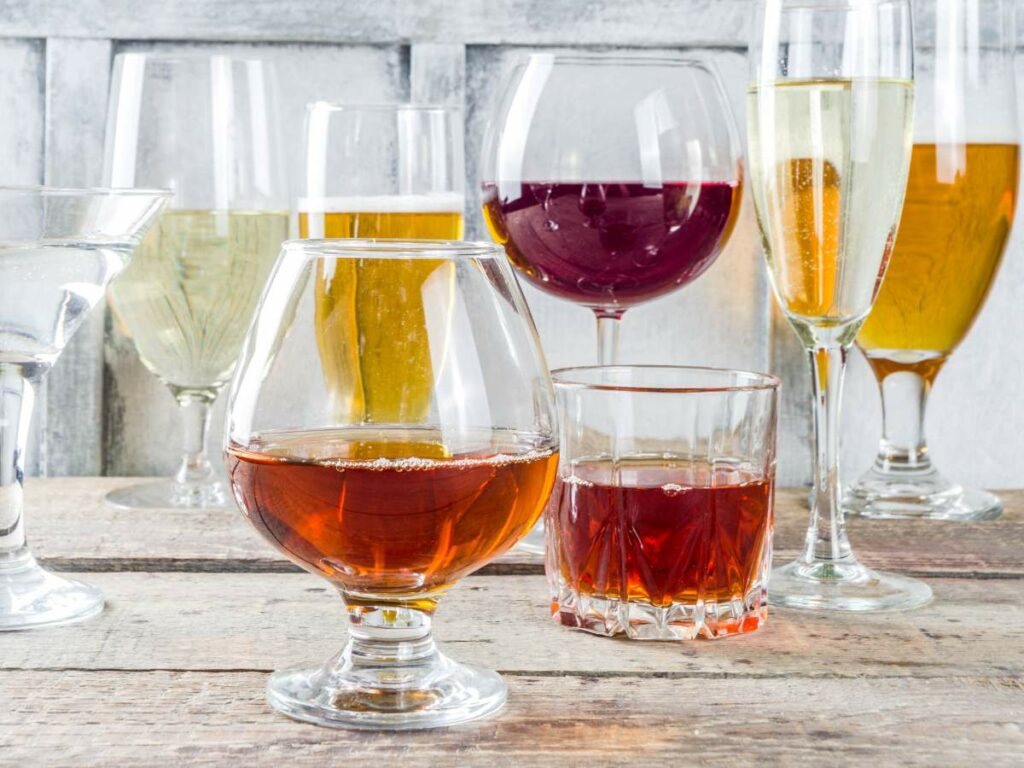
Drinks to Avoid
Alcohol can trigger discomfort and troubling symptoms. For someone like me who’s suffering from food allergies, it’s easy to feel left out, especially during special occasions. To avoid discomfort when drinking, avoid these alcoholic beverages containing high levels of histamine:
- Red wine
- Beer
- Aged rum
- Champagne
- Brandy
- Whiskey
- Bourbon
- Scotch
- Hard cider
- Flavored or colored spirits
Aged alcohols like wine have high histamine levels. In fact, there’s not a single wine out there that doesn’t contain histamine. On top of this, a lot of liquors have unhealthy additives and artificial colorants, from fruit-flavored vodka to brightly colored Curaçao. A hard pass for me.
Wine is another culprit for histamine reactions, especially reds. Wine undergoes malolactic fermentation, and some bacterial strains used to ferment wines can increase their histamine content. Tannins, which are more present in wines made with the skins and seeds on, also tend to lead to a high amount of histamine.
Low-Histamine Alcohol: Is There Such a Thing?
Here’s the gist: True allergies to alcohol are extremely rare but besides histamine, alcoholic drinks contain several other ingredients that may trigger alcohol allergies. These include:
- Sulfites: Sulfur compounds that are present in wine, beer, and cider.
- Gluten: Proteins naturally found in cereal grains like wheat and barley.
- Yeast: Used for fermenting alcohol.
Low-Histamine Diet
There’s no such thing as a gold standard food list for a low histamine diet since it varies from one person to another. What’s more, it’s impossible to eliminate histamine from your diet, but you can reduce your intake of high-histamine foods.
The good news is that some options contain relatively low histamine levels. Freshness, manufacturing process, and storage also affect histamine content. Fresh and unprocessed food and drinks are found to have less histamine.
Unlike sulfate-free and gluten-free, there’s no specific category for low-histamine alcohol. However, there are better options with relatively lower histamine:
- Clear spirits (distilled vodka, gin, tequila, white rum)
- White wine
- Low histamine wine
- Sake and soju
- Sulfite-free cider
Suggested Limit
There’s no definitive list of histamine content in each type of alcoholic drink. This depends on factors like which plants are used to produce the alcohol, the fermentation process, and whether or not there are additives. The red wine provocation test also shows the histamine ranges for alcohols like wine, beer, and champagne.
- White wine can range from trace amounts of histamine up to 10 mg per liter.
- Red wine has high histamine levels that could reach up to 30 mg per liter.
- Beer may contain up to 17 mg of histamine per liter.
- Champagne has a higher dose of up to 670 mg per liter.
As you can see, even with low-histamine alcohol, you still run the risk of overloading your body with histamine! However, the relationship between alcohol and histamine is complicated, and it’s more than just the numbers. Remember that individual histamine tolerance varies, so what works for you may not work for me or the next person.
Always check the ingredients and labels to ensure the food or drink you choose complements your dietary preferences. If you still experience discomfort, talk to your doctor about potential underlying conditions.
Tips for Low-Histamine Alcohol Consumption
It’s a real challenge to find alcoholic beverages that are truly histamine-free, so your next best option is to cautiously experiment and observe how different low-histamine alcohols affect your body. Take note that the safest drinks to curb alcohol intolerance are those that don’t raise your body’s histamine levels.
I know your options are very limited at this point, but there’s still hope. Here are fun ways to choose drinks without upping the histamine content:
- Go for clear or light-colored spirits
- Choose beverages with lower alcohol content
- Avoid aged or artificially flavored liquors
- Use a single mixer and order plain, unaged liquors
- Choose bitter and sour rather than sweet, as sugary flavors can trigger inflammation and worsen symptoms
- Buy drinks in cans instead of from the tap (taps can build up bacteria which in turn produces more histamine that comes out in draft beers, mixers, and cocktails)
Most importantly, consider where you are in your health journey. If you feel you’re still sensitive to histamine, go for an alcohol-free option first, like a mocktail. If you’re just starting on your low-histamine diet, cut out alcohol and high-histamine foods for about six months or longer.
Another good tip is to make swaps. For example, instead of regular dressing for your greens, you can use low-histamine salad dressings. Plus, instead of things you usually eat while drinking like aged meat or nuts, try low-histamine snacks like fresh fruit, homemade french fries, and kale chips. Once you reduce your histamine levels, you might just be able to enjoy a drink and gradually re-introduce histamine into your system.
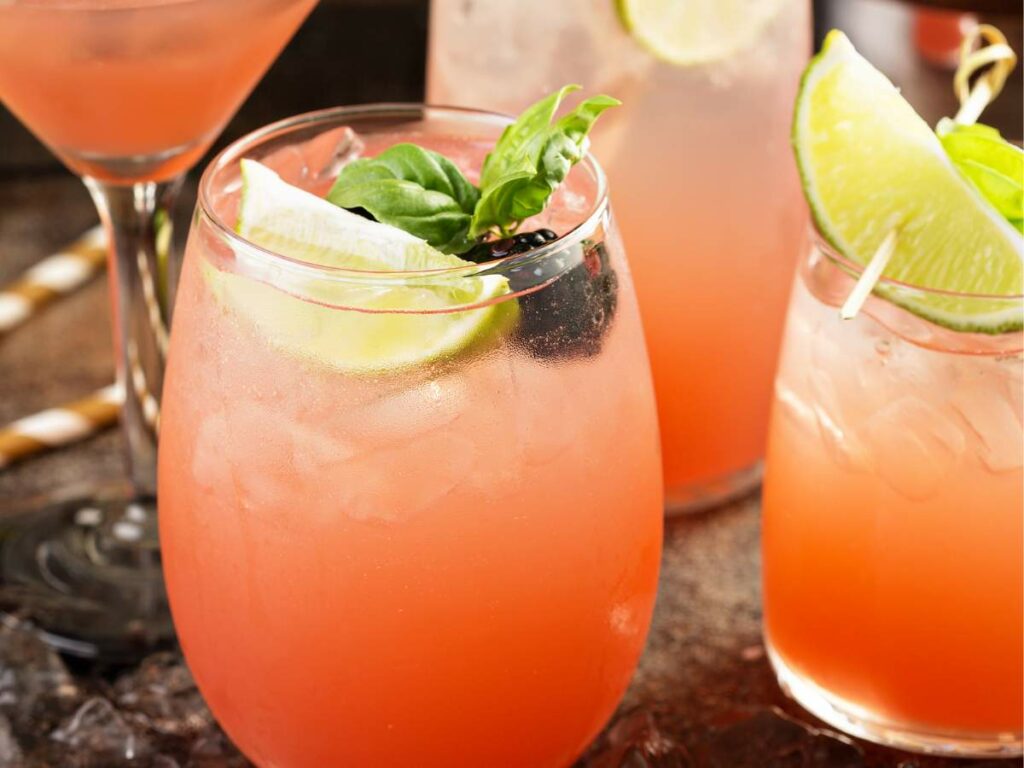
Safe Mixer and Cocktail Options to Try at Home
So, you’re on a low-histamine diet but don’t want to eliminate alcohol. Now, there’s absolutely nothing wrong with enjoying a mocktail or two for social settings, but I don’t want you feeling out of your element any more than necessary. Below are some flavorful choices you can pair with your low-histamine dinners:
Low-Histamine Mixers
Instead of the usual tonic water or club soda, go for seltzer or sparkling water as a fun, fizzy finisher for zero-proof drinks. You can also mix pure organic, fresh fruit juices such as:
- Apple
- Lemon or lime (small amounts)
- Cranberry
- Blueberry
- Peach
- Pomegranate
- Mango (perfect for mixing with other fruits)
It’s always best to use freshly squeezed or pressed fruit juices as mixers. If you don’t have any on hand, it’s okay to use store-bought fruit juices, as long as they contain lower histamine.
Low-Histamine Cocktails and Mocktails
Here are five of my favorite flavors for you to try. Let me know which one you like best!
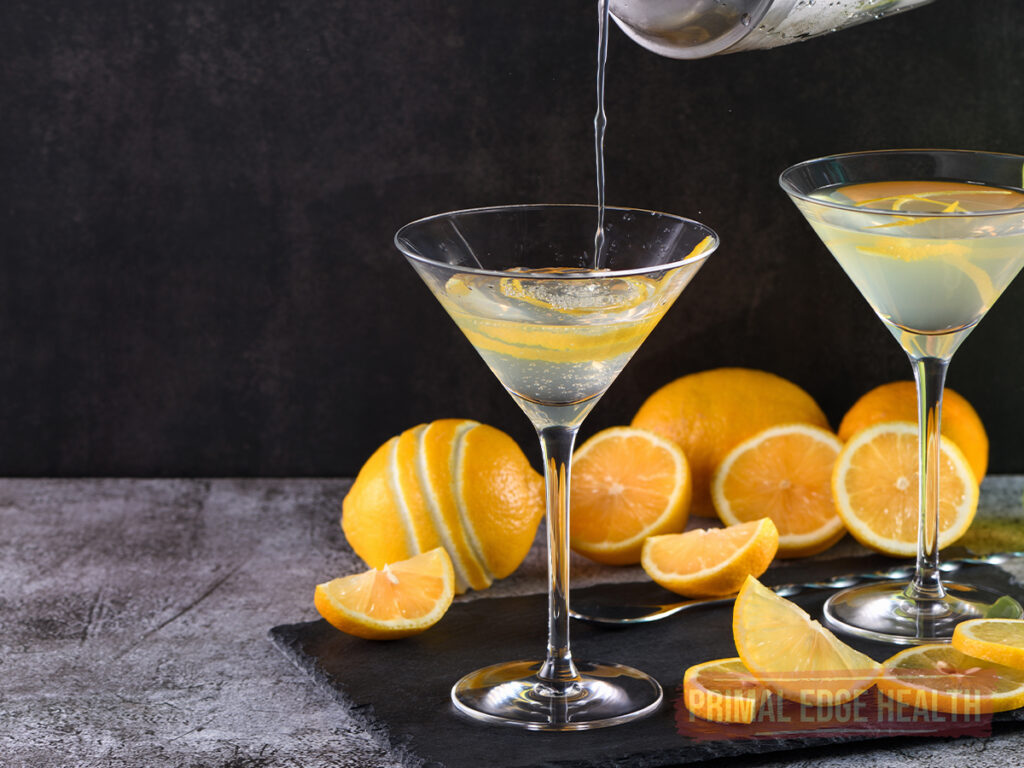
Lemon Drop Martini — Lower Histamine, Low Oxalate
This delicious Lemon Drop Martini features fresh lemon juice, vodka, sweetener, and sparkling water. Give it a quick shake and garnish with a lemon slice or twist for an added touch of elegance.
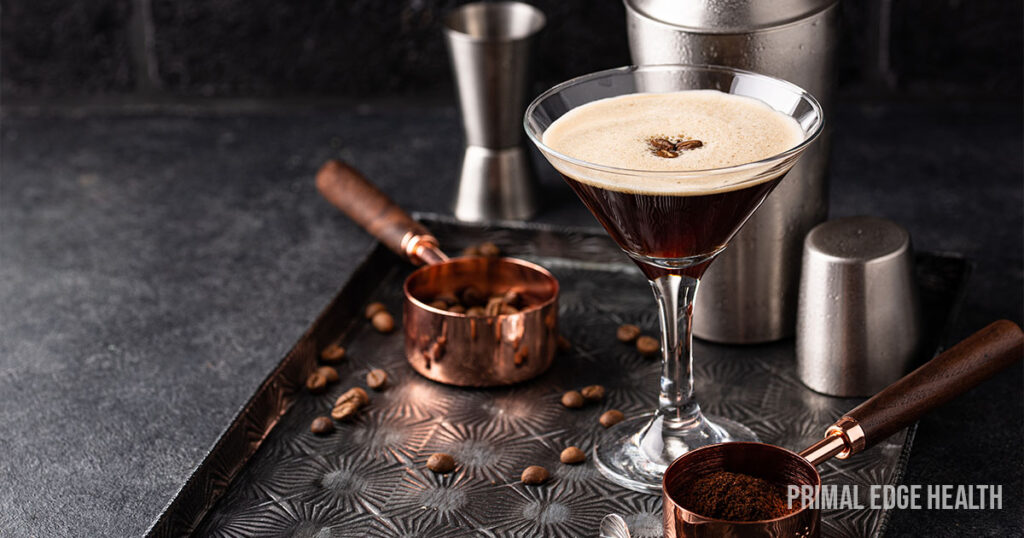
Espresso Martini
Can you believe that this Espresso Martini only has 3 ingredients? It’s a delicious blend of espresso, vodka, and simple syrup that comes together quickly and effortlessly in 5 minutes.
Clear Rum Mojito — Lower Histamine, Low Oxalate, Low Lectin, Low FODMAP
Use clear rum for a healthier, low-histamine mojito. Crush mint leaves, and add rum and sugar. Stir well until dissolved, then top with a splash of club soda or seltzer. Garnish with mint sprig or lime wedges, and serve over ice.
Mojitos just don’t taste right without sugar, so I made an exception to this one. You can also use sugar substitutes like liquid stevia. Not only is it sweeter than sugar, it’s calorie-free too.
White Wine Spritzer — Lower Histamine, Low Carb, Low Oxalate
A refreshing drink that you can enjoy on a hot day. Dilute dry white wine with sparkling mineral water. Add ice cubes and a slice of lemon or lime for added flavor.
Autumn Sparkler Cocktail — Lower Histamine, Low Oxalate, Low Lectin
Best made with freshly squeezed apple juice, mixed with gin and sparkling mineral water. As the name suggests, this drink is perfect for autumn (and winter) occasions. But really, you could try this any time of the year!
Success With Low-Histamine Alcohol
You might want to limit alcohol intake if you’re histamine intolerant or have certain health conditions like MCAS. But if you’re craving the occasional low-histamine cocktail on important milestones, remember that moderation is the key, just as it is with any dietary or lifestyle choice.
Know your limits, be mindful of personal sensitivities, and adjust your diet accordingly to manage alcohol intolerance. Please share this with others in your life so they can better understand your situation and support you along the way.

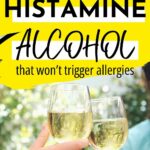
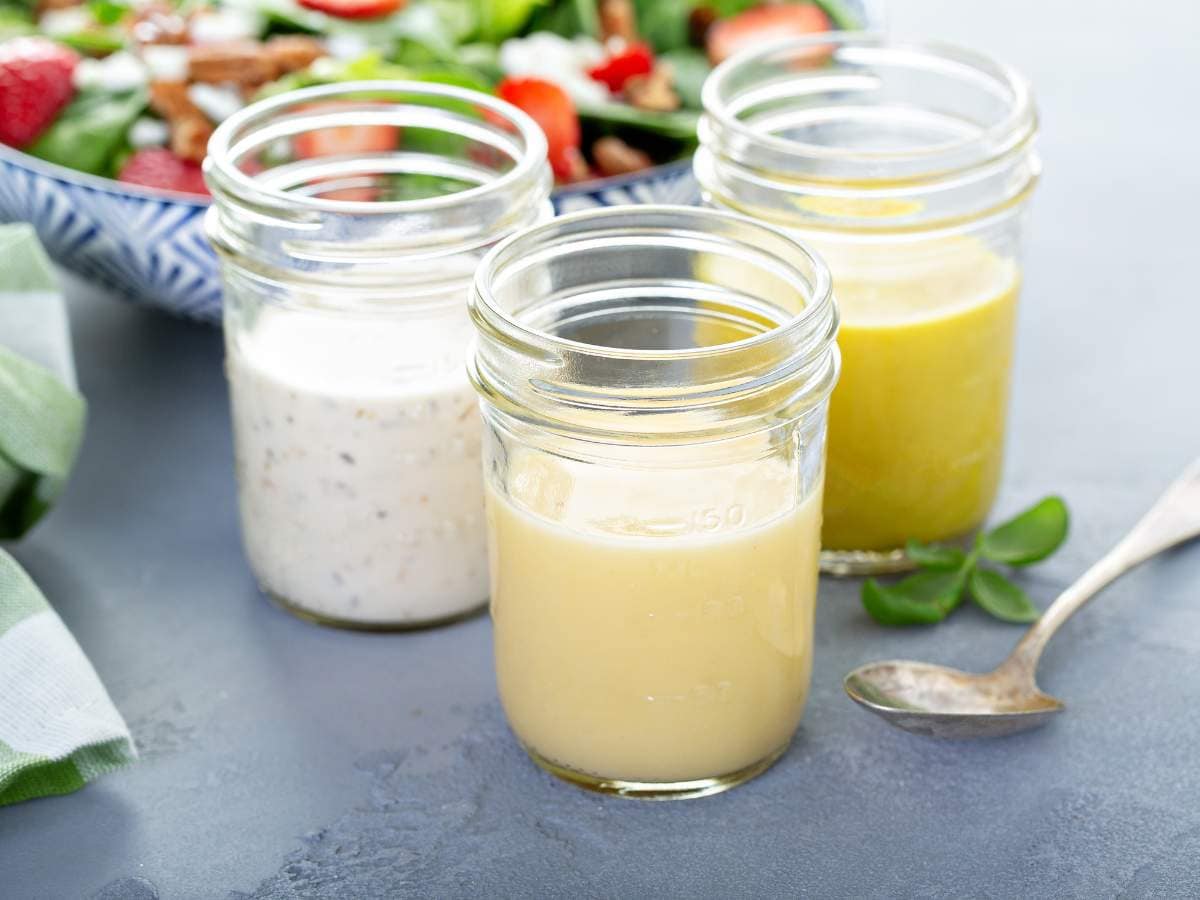
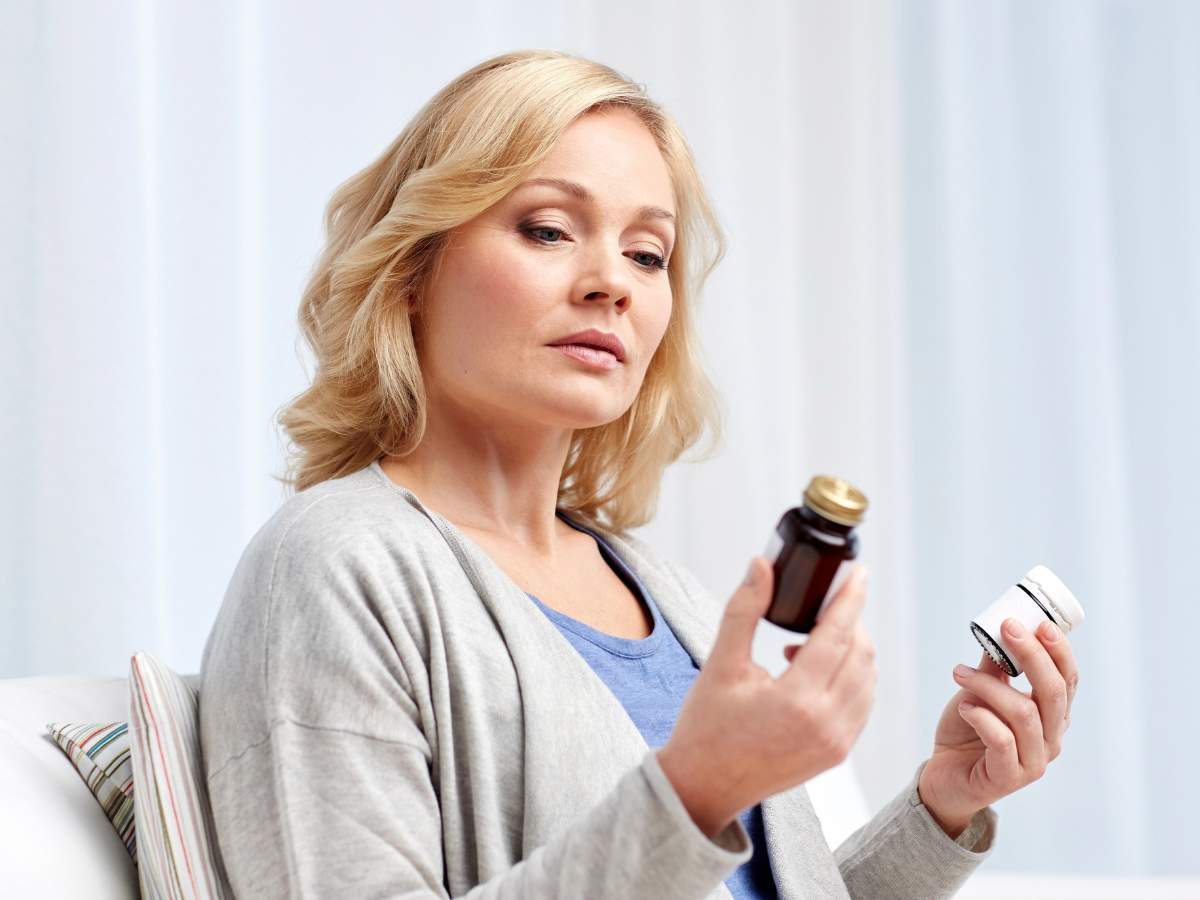

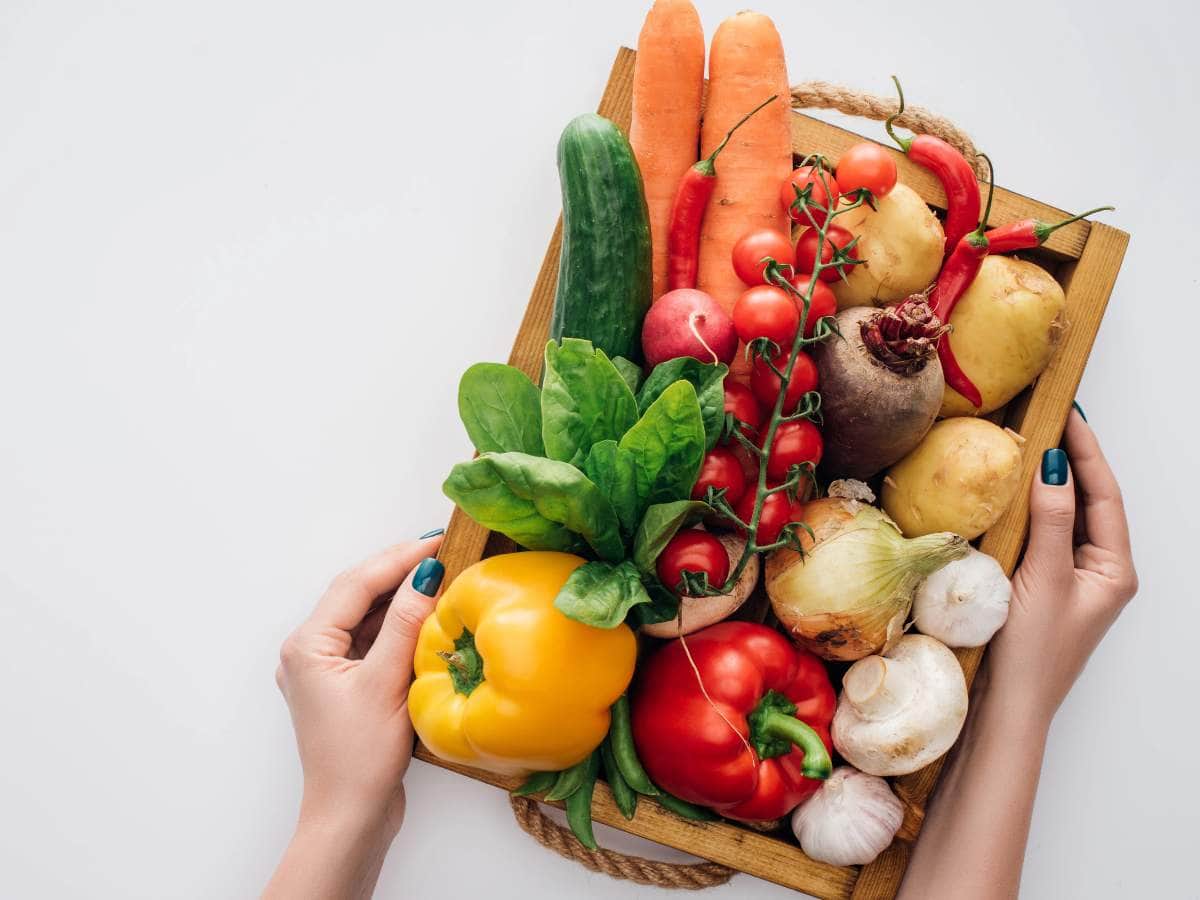


This was a great post. Thank you!
Thank you for visiting the post!
I’ve always been that person who gets super flushed after just one drink and assumed it was because I’m of east asian descent, but now I’m wondering if it’s because of histamines. thanks for the good info as always. I’ll be doing some more trial and error because itd be nice to have a drink now and then without glowing like some kinda red light bulb.
Lol, like a light bulb 🙂 Yes, histamines may be your issue, K. Lin. Glad our information has been helpful.